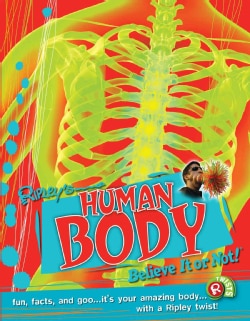Sooo excited for our May S.T.E.(+a)M. program! Theme is Botany. Age K-2, but older elementary would enjoy too with a slightly "older" book to go with the story part. Here's the line up:
1.
Read a flower or plant book:
My choice this time is Planting a Rainbow by Lois Ehlert.
Quick enough read that leaves plenty of time for our science and art activities and it is full of color. What artist doesn't love that?
Other book choices that could be read or displayed on the a table for check out after the program:
2.
Dissect a flower. Have them work in pairs/teams. Give them a paper plate, a plastic knife, a flower diagram, a flower, and let them have at it. Here's a link to the diagram I'm using
on Enchanted Learning. Extra art activity: have the kids color in the parts they find while dissecting.
3. Look at the parts under a microscope. So cool!
Of course, not everyone has multiple, or even one microscope at their library, but cheap dollar store magnifying glasses will turn the kids into plant detectives/botanists as well.
4. Mini-pollination experiment: put Cheetos in a paper bag for each team. Have them put fingers in bag (like bees do on a flower), then take them out and put fingers on a pre-cut printed flower outline you have taped to paper bag. Voila! Pollination.
5. Art time! Make large, close-up views of flowers aka Georgia O'Keeffe style flowers.
Depending on time, could give a mini-art lesson on her art, show examples or just give hand-outs to take home. Depending on supplies available, kids could color, paint, collage, etc. My group is going to be using tissue paper and glue. No drawing, just cutting, tearing, crumpling, and gluing. ***Just make sure to tell them to have their flower go OFF the page if you want the O'Keeffe effect.***This may be a challenging concept for some kids, so no big deal if pretty little daisies get drawn. :)
Bonus activities: plant sunflower seeds in paper cups to take home with a growth chart, and "I ATE THE WHOLE PLANT!" I did both of these last year in my S.T.E.(+a)M. "Spring" class and they were a huge hit!
Learning with Mrs. Leeby has a great PDF of the printable and explanation for this activity. Basically, you set out different plant parts, the kids place on the sheet where they belong, then they eat them. Play up the idea of eating roots, stems, flower, etc ahead of time and kids will be surprised that they can eat all the parts (I used sunflower seeds, brocolli, sprouts, spinach, celery, carrots, but there are endless variations).
Happy Spring!































